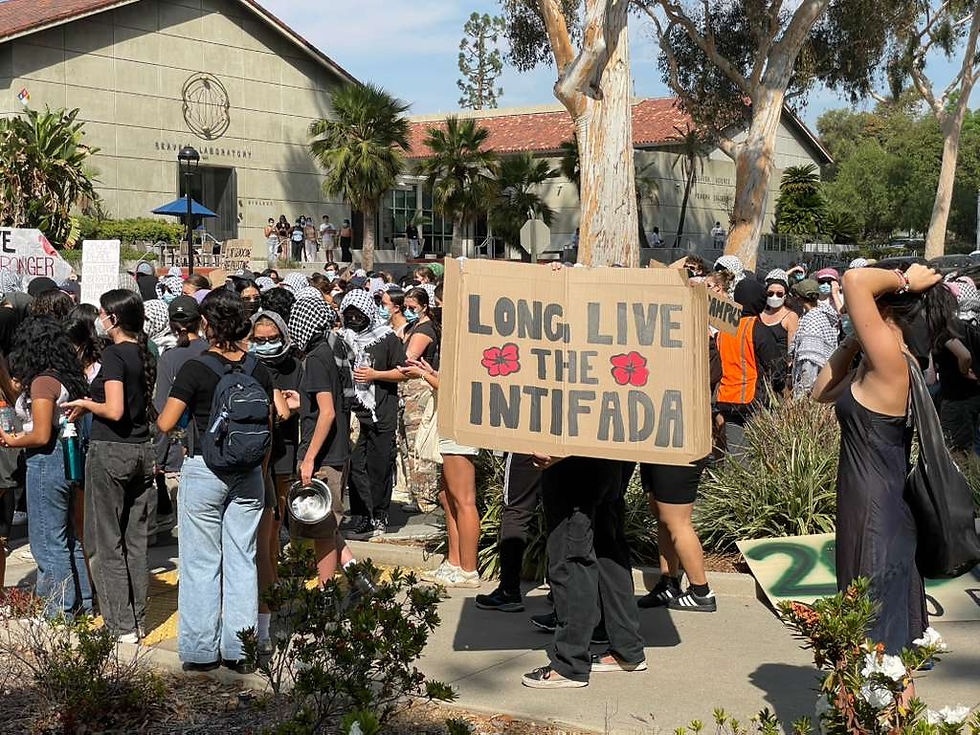Pomona Affirms New Speech Codes
- The Claremont Independent

- Jul 8, 2019
- 3 min read
Pomona College’s Student Affairs Committee recently affirmed proposed changes to the Student Code for the 2019-2020 school year. One of the major changes to the code is the introduction of a new “speech code.” This speech code appears to give Pomona a more legalistic and less subjective definition of protected speech.
The new speech code—announced in an email from Dean of Students Avis E. Hinkson as part of a series of changes in the student code—appears to represent a move from the College in favor of free speech on campus. One of the new additions in the speech code is a statement supporting free speech on campus stating that “[t]he Pomona College student body believes that free speech is critical to Pomona’s mission as an educational institution, and therefore, the norm is that speech and other forms of expression are protected.”
The criteria for which speech is no longer protected has been updated to give better clarity and reduce overlap between unprotected speech according to Pomona College and speech protected by the Constitution, which is protected on all California college campuses through the Leonard Law.
The speech code, which will be enforced beginning this fall semester, limits:
“a. Speech that constitutes harassment, as defined by the College’s Non-Discrimination Policy. b. Speech that constitutes fighting words. To constitute fighting words, the speech must meet all of the following three criteria. First, the speech must be addressed at a specific individual or particular group of individuals. Second, the speech must be abusive rather than a communication of ideas. Third, when considered objectively, the speech must be likely to provoke a violent reaction. c. Speech that incites imminent lawless action. To constitute incitement of imminent lawless action, the speech must meet all of the following three criteria. First, the speech must advocate for, or attempt to cause, lawless action in the near future. Lawless action includes, but is not limited to, violence or the destruction of property. Second, when considered objectively, the speech, in context, must be likely to produce such lawless action. Third, the speaker must intend to cause such lawless action. d. Speech that constitutes a true threat. To constitute a true threat, the speech must communicate a serious intent to harm a specific person or a particular group of persons. While the speaker does not necessarily have to intend to carry out the threat, the threat must be serious enough to cause an individual to fear for their physical safety in order to qualify as a true threat.”
In contrast, Pomona’s old speech code prohibited “verbal abuse, threats, intimidation and harassment.” It also banned speech alone which was considered a threat of violence. The former criteria for speech to be considered a “threat of violence” was imprecise and subjective compared to the proposed changes.
This old criterion was met if:
“The speech, considered objectively, is abusive and insulting rather than a communication of ideas, The speech is directed at an individual and actually used in an abusive manner in a situation that presents an actual danger that it will cause an immediate breach of the peace by inciting a violent reaction by the individual to whom the speech is addressed and, The student intends the speech to be abusive and insulting rather than a communication of ideas.”
Pomona College has only previously received a “yellow” rating from the organization the Foundation for Individual Rights in Education (FIRE). This rating means that Pomona has historically had policies “that restrict a more limited amount of protected expression, or, by virtue of their vague wording, could too easily be used to restrict protected expression.” This rating is in contrast to Claremont McKenna College, another college in the Claremont Colleges consortium to which Pomona belongs, which last year became the first California institute of higher education to receive the “green” rating from FIRE.
.png)



Comments